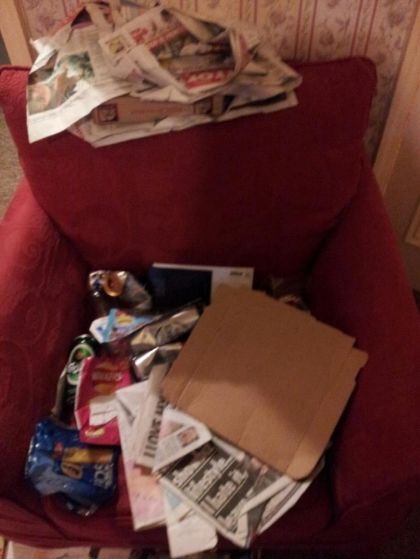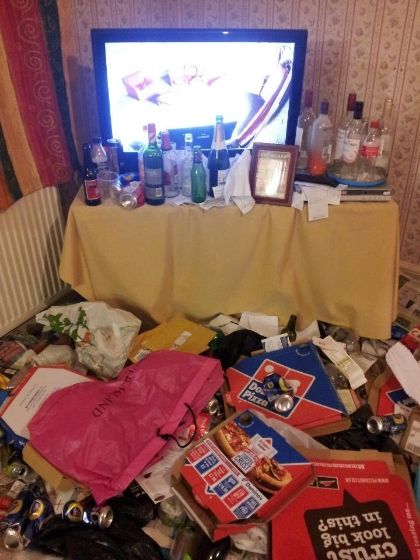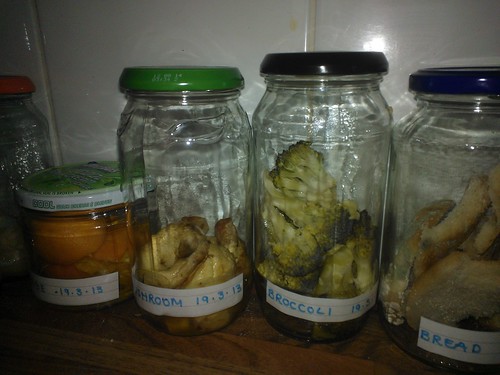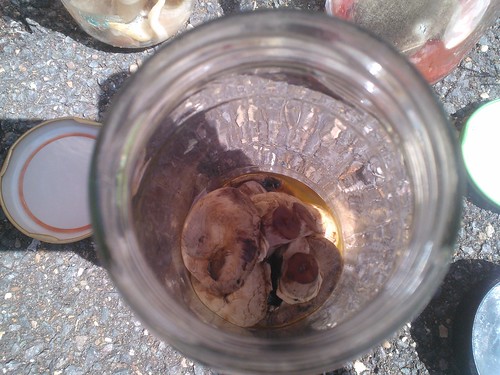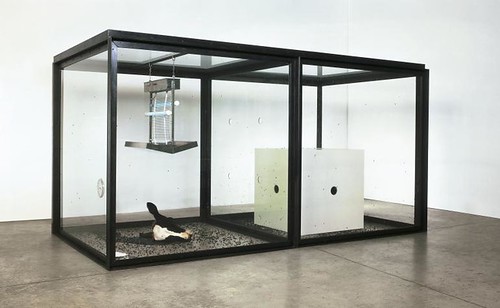During the performance, I feel my photos of my Liminal, Compact and Ignored Spaces project worked successfully. As they were scattered around the house in different rooms, it allowed empty places in the house like window ledges being filled and like the concept of my project, draws audiences eyes to these disregarded places creating a larger relationship with the Liminal, Compact and Ignored Spaces in the house. “leads us beyond the spatial area of the dwelling into general human relationships.” ((O.F. Bollnow’s 2011 Human Space, London: Hyphen press p143)). These abstract photos also fitted in most of the other rooms due to the other concepts of the performances. For instance, rooms like the bedroom and also the shed and were also used during that performance but did not steal focus. I sincerely think my images reflected my inspirations, Eve Dent, Willie Dorner and Emma Hack and succeed the surrealism of the images in the frames around the house.

For the CCTV performance, all of the pre-recorded were set up around the room with the audio playing on speakers and headphones. However, during this, to help out another performance and to set the theme for the house, we interrogated the audience members while they were sat in the waiting room with ‘Agent H’. As we could see them from the CCTV room, but they didn’t know they were being watch, we asked the audience a series of questions via telephone loud speaker:
“Are your glasses prescribed or a disguise? What’s in your bag? Is your electrical chipped or can be used as a weapon? What’s the first thing you see when this key is in use? Is your fringe long to disguise your face?”
After this we recall, and stated the “Access has been confirmed” and wrote the answers on the white board. When the audience arrived into the CCTV room, we were situated on a chair at the back of the room wearing a shirt, smart black bottoms and shades which are dark or mirrored so the audience is unable to see our faces. From this position, we stared at the live CCTV 9 screens and unable to react or speak to the audience.
When some audience members entered the room, some took a different approach than others. As the audience had just become comfortable with the house, they had forgotten about the interrogation at the begining and have to return to this environment. “Thus comfort represents an essential component of the domestic sphere in the contrat with the tension of life outside the house…” ((O.F. Bollnow’s 2011 Human Space, London: Hyphen press p143-3)) Some tried to speak to us while we were sat on the chair but was unable to answer. Others came straight in and listened to the night filming and its narratives. Being in the dark room with all the pre-recorded footage being played created a taunting atmosphere in the dark with the whisper of voices and only light from the various screens. One audience member found it difficult to be in the room and listen to the audio, especially through the headphones. When the audience members realised that they had been watched and that the CCTV 9 screens were live, we had a variety of reactions as some already realised but others felt guilty as they felt they were spying on the rest of the house. One audience member said:
“Maybe this is the message! It is rude to watch others even though we have just been watching them perform and now we are watching them on here?”
Following this, asking if he could exit the room if he got it correct as the room creeped him out. To Complete, I feel our pre-performance and the audience interrogation set the tone for the overall process from out time in the Safe House. It was a successful final room for the audience to experience as they were able to see the journey they had just taken. Also, to experience footage with audio of being invisible allowed them to have a range of overall views on their experience in the Safe House and being able to witness it empty and at night.
Link to all the videos:
